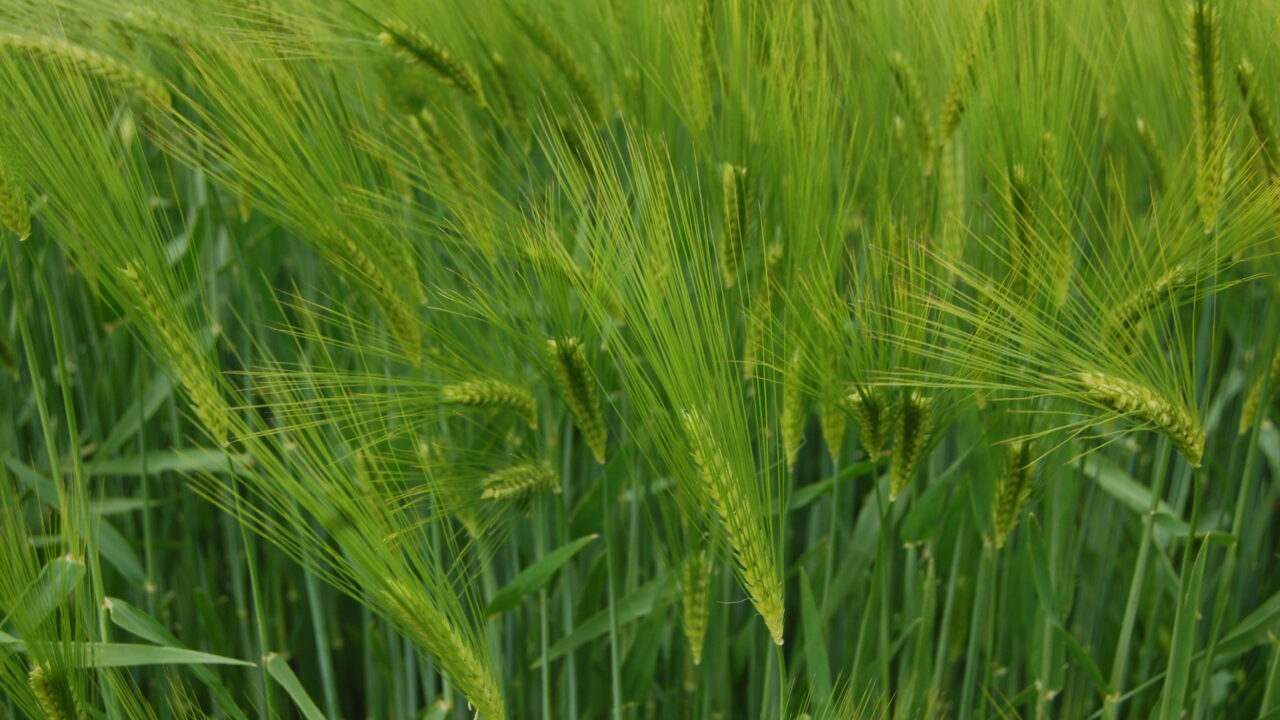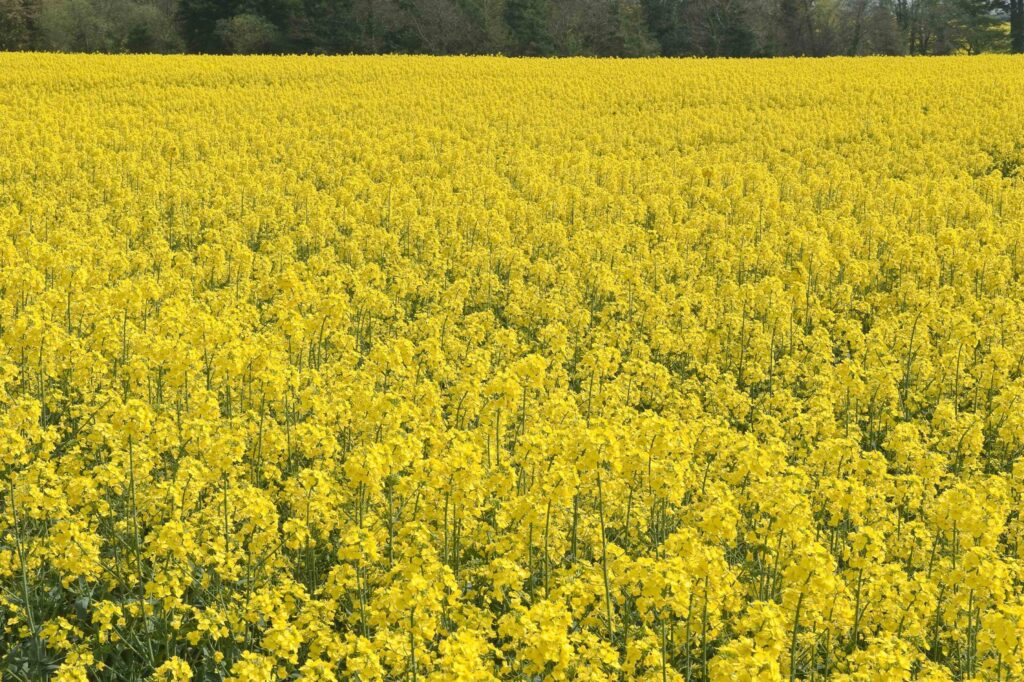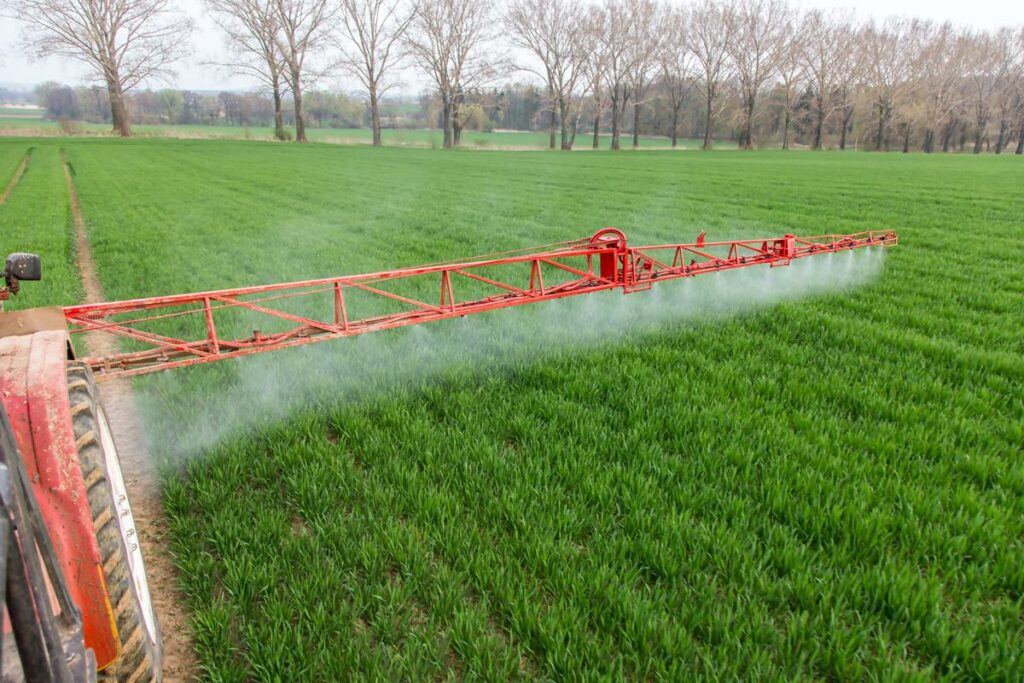Despite the current pressure on grain prices, Teagasc is highlighting the scope to expand the tillage sector in Ireland.
This prediction is contained in the organisation’s recently published Road Map document for crops. It is based on the assumption that more home-grown cereals will be used, particularly in pigs, poultry and dairy diets.
It is envisaged that, by 2025, the number of full-time tillage farmers will be about 1,500, producing close on 60% of output.
An additional 11,000 producers will be involved in tillage and energy production at some level.
The increased need for crop rotation to improve all crop yields, increase protein production and the need to meet environmental needs are also included in the document.
These crops have the potential to supply high-value food markets such as cold pressed oil, salad and chipping potatoes, and oats for the human market which will all add to crop diversity.
Tillage crop performance
Where crop performance is concerned, Teagasc is predicting an increase in barley yields of around 1% per year.
Improved integrated pest management (IPM) techniques will be used by all growers to reduce crop protecting costs by 5% over the period up to 2025.
However, increases in yield may be constrained by increased weed and pathogen resistance, combined with loss of critical agro-chemicals due to the EU regulatory environment.
Cereal crop supply
Teagasc’s medium term outlook for cereal markets has been made against a backdrop of several consecutive years of record supply, with building stocks.
However, world demand for arable crops is expected to remain steady in the medium term.
But the EU’s cereals export potential will be constrained by a reduction in arable land due to low market returns and competition from other sectors.
Overall EU cereals production is expected to grow further, to around 320m tonnes by 2025. Demand is driven by feed and good export prospects.
Prices are expected to be relatively low, but with upward price spikes likely for periods following a production shortfall in a major producing region.
Sustainable production systems
Teagasc’s crop research objective of developing competitive and sustainable production systems will be achieved by concentrating on a number of key issues.
These include the maximising of crop yield potential by developing a greater understanding of the soil, crop, management and climate factors that limit crop yield.
Teagasc will also have a strong input in the development of high-value markets for tillage crop products, as this has the potential to improve economic viability and provide a wider range of rotational options.
Share farming and machinery sharing will be facilitated and promoted to improve farm structures.
Teagasc confirms that the use of energy crops could make a significant contribution to biomass feedstock generation in Ireland.
However, the growth of this sector is heavily dependent on government support, as well as on external factors such as the price of energy.
A total of 2,000-2,500ha of energy crops (miscanthus, willow) exist in the country. Harvested material is primarily used in Edenderry power station.
According to Teagasc, the introduction of a renewable heat incentive could reinvigorate the energy crops sector.




